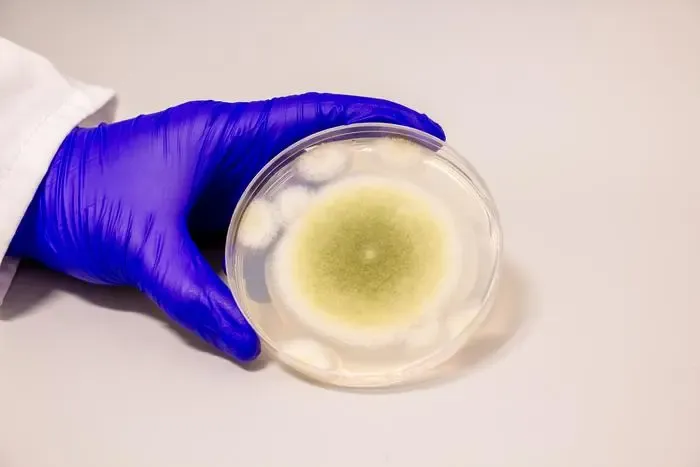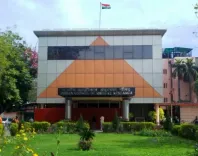Can a Toxic Fungus Become a Powerful Anti-Cancer Agent?

Synopsis
Key Takeaways
- Researchers transformed a toxic fungus into a potent anti-cancer compound.
- Study reveals the potential of fungal medicines in oncology.
- Isolated compounds showed promise against leukemia cells.
- Future research aims to explore animal testing and human trials.
- The study emphasizes the importance of natural product discovery.
New Delhi, June 23 (NationPress) A group of researchers from the United States has transformed a hazardous fungus into a powerful compound that combats cancer, as detailed in a study published on Monday.
By isolating a novel class of molecules from Aspergillus flavus—a toxic fungus associated with fatalities in ancient tomb excavations—the team modified these chemicals and evaluated their effectiveness against leukemia cells.
The findings revealed a promising cancer-fighting compound that competes with FDA-approved medications, paving the way for new discoveries in fungal-based medicines, according to research from the University of Pennsylvania’s School of Engineering and Applied Science.
“Fungi have provided us with penicillin. These findings suggest that numerous additional medicines derived from natural sources are yet to be discovered,” stated Sherry Gao, Presidential Penn Compact Associate Professor in Chemical and Biomolecular Engineering (CBE) and senior author of a paper published in the Nature Chemical Biology journal.
The therapy in question consists of a class of ribosomally synthesized and post-translationally modified peptides, or RiPPs, pronounced like the sound “rip” in a piece of fabric.
This nomenclature indicates the method of the compound’s production—utilizing the ribosome, a microscopic cellular structure responsible for protein synthesis—and its subsequent modifications aimed at enhancing its cancer-targeting properties.
“Isolating these chemicals poses significant challenges,” remarked Qiuyue Nie, a postdoctoral fellow in CBE and the paper’s lead author.
While thousands of RiPPs have been discovered in bacteria, only a small number have been recognized in fungi. This limitation stems partly from previous researchers misclassifying fungal RiPPs as non-ribosomal peptides and lacking understanding of the fungal production mechanisms.
“The synthesis of these compounds is intricate,” Nie noted. “Yet, this complexity contributes to their exceptional bioactivity.”
To uncover more fungal RiPPs, the researchers initially examined a dozen strains of Aspergillus, which earlier studies indicated might harbor additional chemicals.
By analyzing the compounds produced by these strains against known RiPP building blocks, the researchers identified A. flavus as a promising candidate for further investigation.
Genetic assessments highlighted a specific protein in A. flavus as a source of fungal RiPPs. When the researchers disabled the genes responsible for that protein, the chemical markers indicative of RiPPs also vanished.
This innovative strategy—integrating metabolic and genetic data—not only pinpointed the origin of fungal RiPPs in A. flavus but may also facilitate the discovery of more fungal RiPPs going forward.
Importantly, the compounds exhibited minimal impact on breast, liver, or lung cancer cells—along with a variety of bacteria and fungi—suggesting that the effects of asperigimycins are specific to certain cell types, a vital characteristic for any future therapeutics.
The next phase involves testing asperigimycins in animal models, with aspirations of advancing to human clinical trials.









